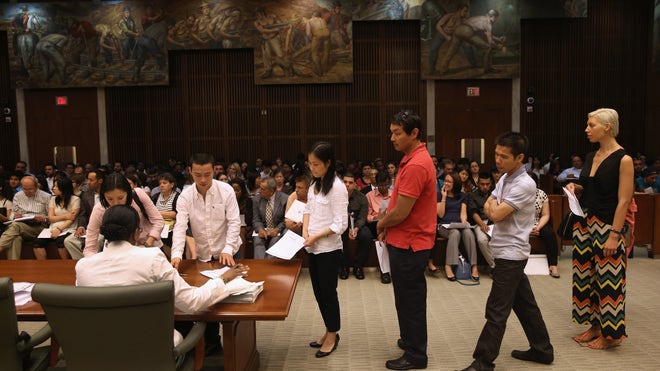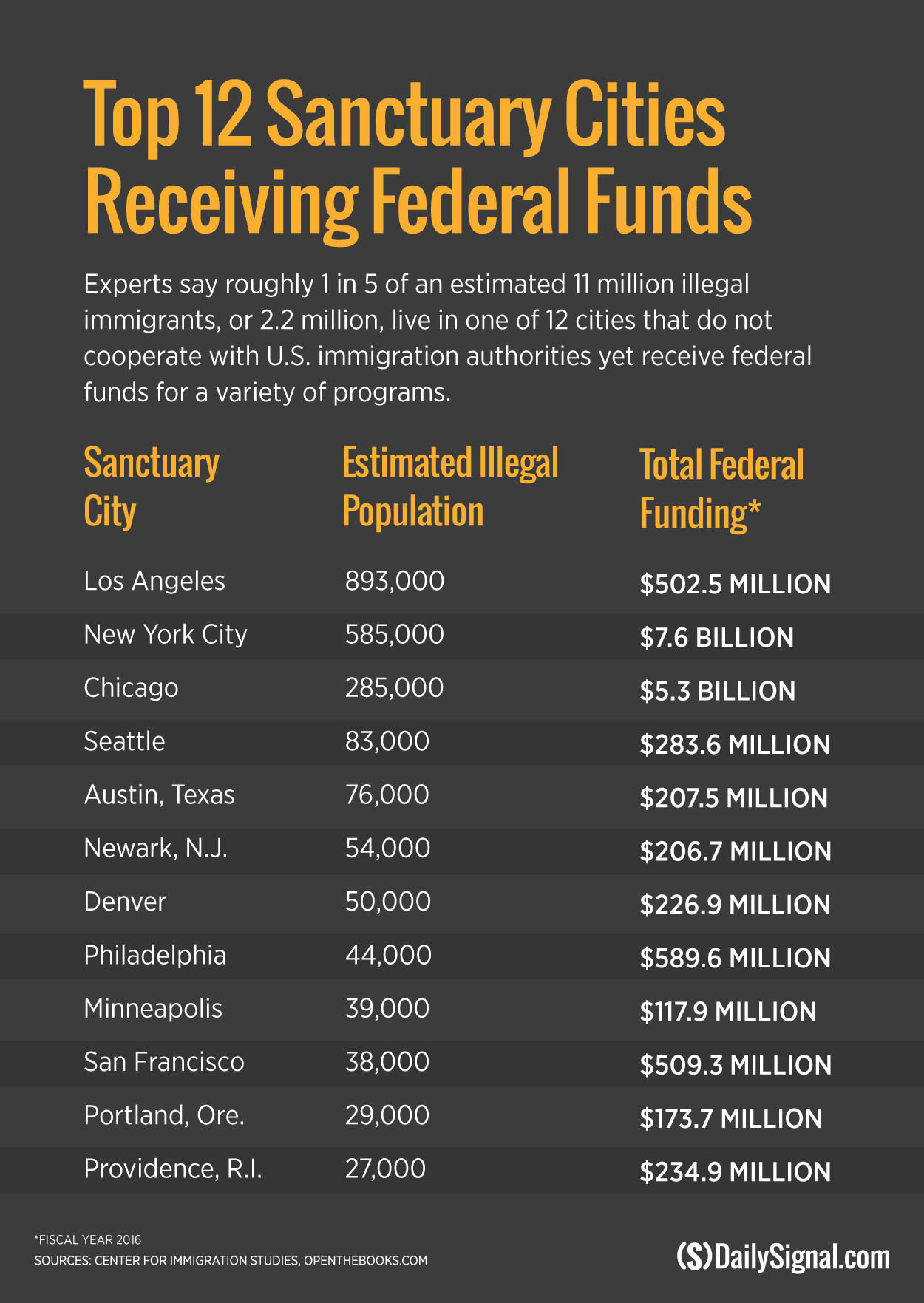Kuwait expels Iranian diplomats over ‘terror’ cell: United Nations (United States) (AFP) – US Ambassador Nikki Haley on Wednesday accused Lebanon’s Hezbollah of amassing weapons and said the world must turn its attention to the actions of the powerful paramilitary organization.
Anyone ever ask or investigate the Hezbollah weapons inventory in Latin America?
No Latin American Country Has Branded Hezbollah a Terror Group Despite Ties to Major Attacks
WASHINGTON, D.C.—Latin American countries have failed to register Iranian proxy Hezbollah as a terrorist organization despite the threat it poses to the region, a Peruvian official revealed during a discussion on Capitol Hill.
The Shiite group is involved in various illicit activities in Latin America to generate money that some experts believe is used to fund terrorist activities in the Middle East.
During a discussion Wednesday on Capitol Hill hosted by the Center for a Secure Free Society (SFS), Moises Vega de la Cruz, a public prosecutor for the Peruvian government specializing in terrorism cases, revealed that “in Latin America, Hezbollah is not recognized as a terrorist organization.”
“I think Hezbollah is a threat to Latin America. Hezbollah is a terrorist organization that is advancing not only in Peru but in other Latin American countries as well,” he told Breitbart News.
Joseph Humire, an expert on Iranian activity in the Western Hemisphere and executive director of SFS, noted that no Latin American country has registered Hezbollah as a terrorist organization.
The United States and the European Union have deemed Lebanon’s Shiite group Hezbollah as a terrorist organization.
In the United States, Hezbollah’s main supporter Iran has been officially labeled a state sponsor of terror.
Peru recently adjudicated a case involving an alleged Hezbollah operative accused of explosives-related crimes in 2014. The individual avoided prosecution, but De La Cruz has appealed the decision.
“Most Latin Americans don’t view Islamist terrorism as a significant threat in their region and little public pressure has been placed on the establishment, reform, or improvement of weak or non-existent anti-terrorism laws across the region,” SFS pointed out in a statement. “Consequently, the Islamic State [ISIS/ISIL], Hezbollah, and other Jihadist networks and sympathizers are spreading throughout South America with impunity.”
The U.S. government has acknowledged the presence of both Shiite Hezbollah and Sunni ISIS in Latin America.
De la Cruz noted that Hezbollah maintains a presence in Peru, where it is reportedly converting people and trying to get involved politically.
The Peruvian Latina news agency reported last year that the Shiite group has registered as an official political party in Peru’s Abancay province, home to the largest concentration the country’s small Muslim community.
Hezbollah has established itself as an official political party in its main base of Lebanon.
Argentinian authorities have linked Hezbollah to fatal attacks against the South American country’s Jewish community, including the 1994 bombing of the Argentine-Israeli Mutual Association (AMIA)—the deadliest terrorist attack in the Western Hemisphere before September 11, 2001.
The U.S. military and the Department of State have expressed concern about the group’s presence in Latin America.
According to the U.S. State Department, Venezuela has provided a “permissive environment” that has allowed Hezbollah to thrive in the region.
Last year Michael Braun, a former DEA operations chief, told American lawmakers that Hezbollah is generating hundreds of millions from a “cocaine money laundering scheme” in Latin America that “provides a never-ending source of funding” for its terrorist operations in Syria and elsewhere.
Hezbollah is fighting on behalf of Iran on the side of the Russian-backed Syrian dictator Bashar al-Assad.
In an annual report to Congress issued earlier this year, U.S. Southern Command (SOUTHCOM) noted that “Hezbollah members, facilitators, and supporters engage in licit and illicit activities in support of the organization, moving weapons, cash, and other contraband to raise funds and build Hezbollah’s infrastructure in the region.”
SOUTHCOM is charged with overseeing American military activity in most of Latin America.
The group is believed to be operating throughout the Western Hemisphere.
Iran ‘foremost state sponsor of terrorism in 2016’: US state department
The department’s annual report on global terrorism accused the Iranian Revolutionary Guard’s Quds Force — which is responsible for operations outside the country — along with Iranian partners, allies, and proxies, of ‘playing a destabilising role in military conflicts in Iraq, Syria, and Yemen’
Iran was the “foremost state sponsor of terrorism in 2016”, the US state department said on Wednesday in its annual report on terrorism worldwide.
The 2016 Country Reports on Terrorism — the first released by the state department since US president Donald Trump assumed office — also highlighted Hizbollah’s increasing reach in Syria, Iraq and Yemen and an increase in “its long-term attack capabilities”.
Although the report said there had been a 9 per cent drop in global terror attacks last year from 2015, as well as a 13 per cent drop in terror-related fatalities, it stressed that “the Islamic State of Iraq and Syria (ISIS) remained the most potent terrorist threat to global security” in 2016.
Al Qaeda and its regional affiliates also “remained a threat to the US homeland and our interests abroad despite counter-terrorism pressure by US partners”, the report said.
On Iranian sponsorship of terrorism, the report accused the Revolutionary Guard’s Quds Force — which is responsible for operations outside the country — along with Iranian partners, allies, and proxies, of “playing a destabilising role in military conflicts in Iraq, Syria, and Yemen”. It also said “Iran continued to recruit fighters from across the region to join Iranian-affiliated Shia militia forces engaged in conflicts in Syria and Iraq, and has even offered a path to citizenship for those who heed this call”.
The 2016 report put more emphasis on the threat from Hizbollah than in previous years. It described the Lebanese political party and militia as “playing a major role in supporting the Syria government’s efforts to maintain control and territory, and providing training and a range of other support for Iranian-aligned fighters” in these conflict zones.
The state department said “there are reportedly about 7,000 Hizbollah fighters in Syria”, though it also highlighted that the group had lost “several senior military commanders and hundreds of fighters” in fighting there last year.
The report also highlighted Hizbollah’s continued efforts to “develop its long-term attack capabilities and infrastructure around the world”.
Justin Siberell, the state department’s acting coordinator for counter-terrorism, told The National on Wednesday that “Hizbollah maintains a sophisticated operation with [a] broad network group around the world”.
Mr Siberllel said it was unclear, however, if the Syrian conflict had boosted Hizbollah’s standing. On the one hand, the group had gained military expertise in Syria, he said, while on the other, it had suffered large number of casualties.
“It’s a mixed picture,” he said.
On Bahrain, the report said that “during 2016 the Bahraini government continued to make gains in detecting, neutralising, and containing terrorist threats from violent Shia militants and ISIS sympathisers”. It also referenced improved counter-terror co-operation with the UAE, Egypt, Saudi Arabia and other Arab countries.
The report voiced concerns over Al Qaeda exploiting the ongoing war in Yemen to make gains. It said that “despite leadership losses, Al Qaeda in the Arabian Peninsula (AQAP) remained a significant threat to Yemen, the region, and the United States, as ongoing conflict in Yemen hindered US efforts to counter the group”. It was a similar situation with Al Qaeda’s former affiliate in Syria, the report said.
“Al Nusra Front continued to exploit ongoing armed conflict to maintain a territorial safe haven in select parts of northwestern Syria,” the report said, referring to the group that now calls itself Jabhat Fatah Al Sham.
When it came to the Emirates, the report said that in 2016 “the UAE government maintained a robust counter-terrorism and countering violent extremism (CVE) partnership with the United States through its collaboration with US law enforcement; support of the Global Coalition to Defeat ISIS; and counter‑messaging initiatives, such as the Sawab and Hedayah Centers.”
The report made reference to the UAE’s deployment of forces to Yemen “to counter the spread of AQAP and ISIS” there, highlighting that, “along with its Yemeni partners, the UAE military successfully ejected AQAP from the port city of Mukalla in April — depriving AQAP from millions [of dollars] in monthly income — and from the coastal towns of Balhaf and Bir Ali in December”.
The report also highlighted wins for UAE border security.
“UAE government security apparatus continued monitoring suspected terrorists in the UAE, and successfully foiled terrorist attacks within its borders,” it said, adding: “UAE customs, police, and other security agencies improved border security and worked together with financial authorities to counter terrorist finance.”






.jpg)
 FoxLatino
FoxLatino

